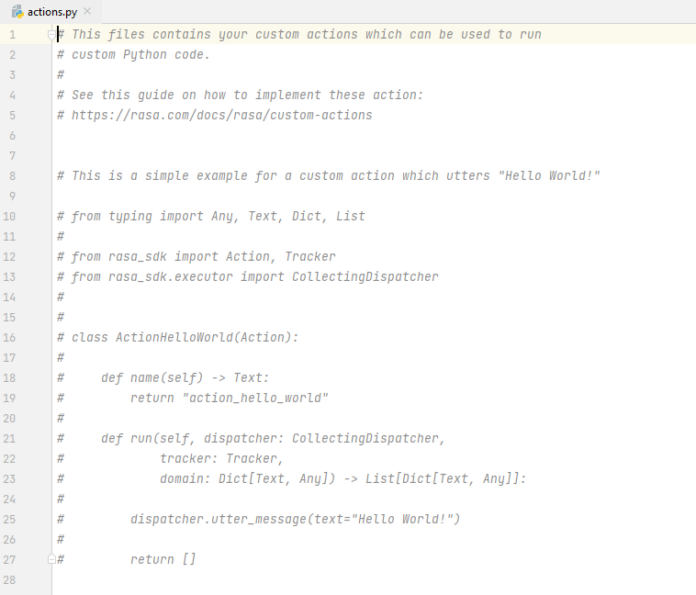The rewind() method of java.nio.ByteBuffer Class is used to rewind this buffer. The position is set to zero and the mark is discarded. Invoke this method before a sequence of channel-write or get operations, assuming that the limit has already been set appropriately. Invoking this method neither changes nor discards the mark’s value.
Syntax:
public ByteBuffer rewind()
Return Value: This method returns this buffer.
Below are the examples to illustrate the rewind() method:
Examples 1:
// Java program to demonstrate// rewind() method import java.nio.*;import java.util.*; public class GFG { public static void main(String[] args) { // defining and allocating ByteBuffer // using allocate() method ByteBuffer byteBuffer = ByteBuffer.allocate(4); // put byte value in byteBuffer // using put() method byteBuffer.put((byte)20); byteBuffer.put((byte)'a'); // Typecast Bytebuffer to buffer Buffer buffer = (Buffer)byteBuffer; // print the byte buffer System.out.println("Buffer before operation: " + Arrays.toString( (byte[])buffer.array()) + "\nPosition: " + buffer.position() + "\nLimit: " + buffer.limit()); // rewind the Buffer // using rewind() method buffer.rewind(); // print the bytebuffer System.out.println("\nBuffer after operation: " + Arrays.toString( (byte[])buffer.array()) + "\nPosition: " + buffer.position() + "\nLimit: " + buffer.limit()); }} |
Buffer before operation: [20, 97, 0, 0] Position: 2 Limit: 4 Buffer after operation: [20, 97, 0, 0] Position: 0 Limit: 4
Examples 2:
// Java program to demonstrate// rewind() method import java.nio.*;import java.util.*; public class GFG { public static void main(String[] args) { // defining and allocating ByteBuffer // using allocate() method ByteBuffer byteBuffer = ByteBuffer.allocate(5); // put byte value in byteBuffer // using put() method byteBuffer.put((byte)20); byteBuffer.put((byte)30); byteBuffer.put((byte)40); // mark will be going to discard // by rewind() byteBuffer.mark(); // Typecast Bytebuffer to buffer Buffer buffer = (Buffer)byteBuffer; // print the buffer System.out.println("Buffer before operation: " + Arrays.toString( (byte[])buffer.array()) + "\nPosition: " + buffer.position() + "\nLimit: " + buffer.limit()); // rewind the Buffer // using rewind() method buffer.rewind(); // print the bytebuffer System.out.println("\nBuffer after operation: " + Arrays.toString( (byte[])buffer.array()) + "\nPosition: " + buffer.position() + "\nLimit: " + buffer.limit()); }} |
Buffer before operation: [20, 30, 40, 0, 0] Position: 3 Limit: 5 Buffer after operation: [20, 30, 40, 0, 0] Position: 0 Limit: 5
Reference: https://docs.oracle.com/javase/9/docs/api/java/nio/Buffer.html#rewind–

